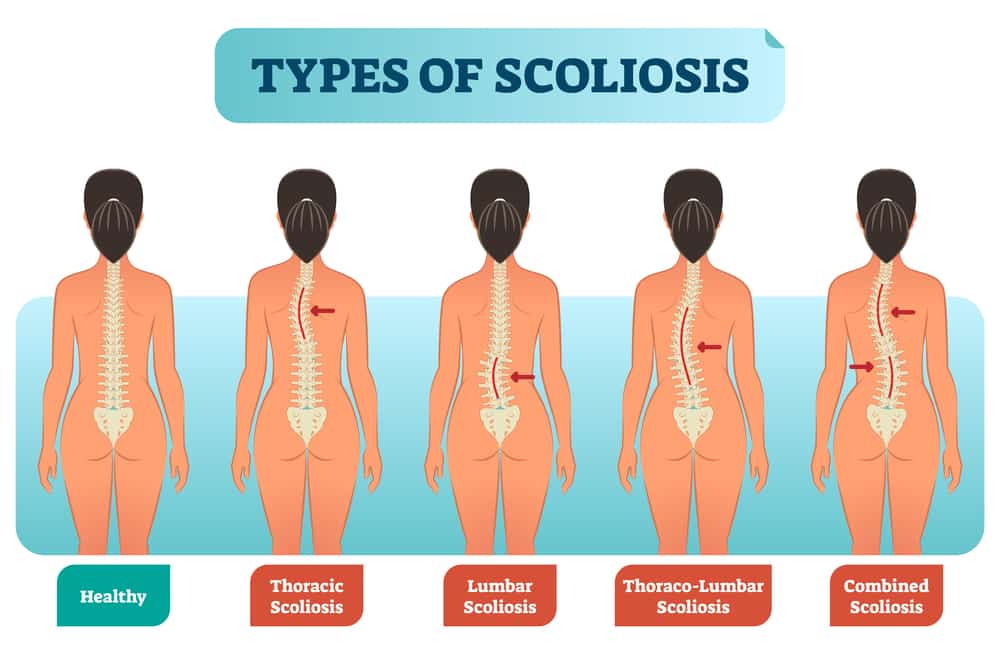Scoliosis affects an average of 7.5 million Americans.
But what is scoliosis? Simply put, it’s a sideways curve in the spine.
Of course, our spines are supposed to have a front-to-back curve. Think of a stretched out letter “S” and you’ve got the basic shape.
But when the spine develops a side-to-side curve, it can cause a host of problems. Anything from poor posture to lung damage to immobility can occur.
How effective is chiropractic treatment for scoliosis? Below you’ll find a complete guide. From the causes and types of scoliosis to finding a scoliosis chiropractor near you.
What Is Scoliosis and What Causes It?
There are a few common causes of scoliosis, with the most common being a genetic condition. If your mother, your aunt, or your grandfather had scoliosis, you may be at a greater risk yourself.
Neuromuscular disorders can also lead to scoliosis. In particular, cerebral palsy or chronic muscular dystrophy are common contributors.
Alternatively, birth defects may promote abnormal curving of the spine. Early injuries or infections within the back or spine can lead to scoliosis as well.
Types of Scoliosis and Who Can Get Them
There are several different types of scoliosis. Early-onset is a common type, most often caught in the early years of a child’s development.
Typically, it’s noticed during puberty, when children experience rapid growth spurts. This is why children in middle school are likely to be checked for it.
Though there are congenital types of scoliosis, you don’t have to have a history of it in your family. Even children without known cases of scoliosis in their family can develop it.
Both boys and girls can be affected by scoliosis. But girls are at more of a risk of having the curvature increase overtime. And adult degenerative scoliosis can develop later in life, too.
Complications of Scoliosis
Unsurprisingly, the most reported complication connected to scoliosis is back pain. But when scoliosis is severe, it can press the ribs into the heart and lungs. This may make it harder to breathe and impact heart functionality.
Scoliosis can lead to unbalanced posture, misaligned hips and shoulders, and protruding ribs. This may cause discomfort, pain, or self-consciousness.
Treatments for Scoliosis
The best way to know how to treat scoliosis is by catching it early.
1. Back Braces
While a child’s body is still developing, a back brace can be a useful treatment for scoliosis. This is especially true if the curvature is between 25 and 40 degrees. The brace helps keep the spine from curving further.
2. Surgery
For individuals with curves greater than 40 degrees, surgery is the best option. A doctor will fuse segments of vertebrae together and attempt to restore a proper curve to the spine.
3. Scoliosis Chiropractor
Seeking chiropractic treatment for scoliosis is a great option, and you can start early. In fact, there are many benefits to pediatric chiropractic care.
It’s unlikely that a chiropractor will correct moderate to severe scoliosis. However, treatments have reduced back pain and relieved nerve pressure associated with scoliosis.
How Effective Is Chiropractic Treatment for Scoliosis?
Now you can easily answer, “what is scoliosis?” And talking with your doctor will help you determine how effective chiropractic treatment is for scoliosis.
Think about the types of scoliosis listed here if you’re concerned you may be suffering from it. Speak to your doctor about getting screened for it.

